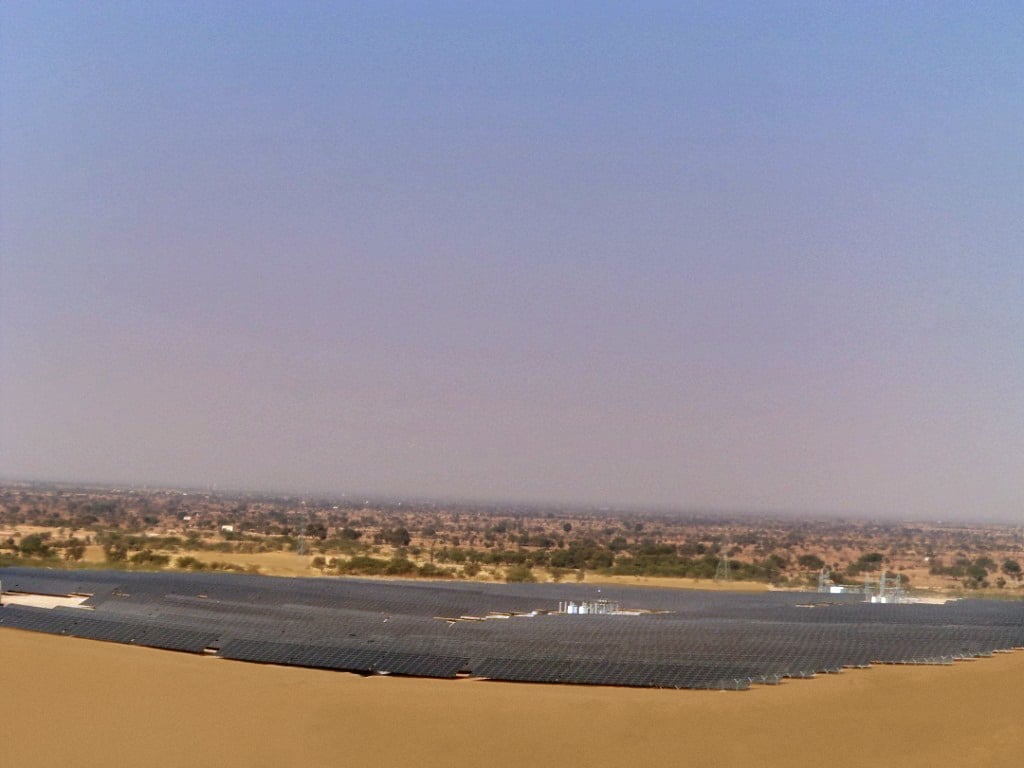
Indian independent power producer (IPP) Azure Power has fully commissioned its 600MW Interstate Transmission System (ISTS) connected solar project allocated by the Solar Energy Corporation of India (SECI).
The project represents India’s largest single solar PV project to date, “owned and operated at a single location by any developer”, according to an Azure company statement.
Unlock unlimited access for 12 whole months of distinctive global analysis
Photovoltaics International is now included.
- Regular insight and analysis of the industry’s biggest developments
- In-depth interviews with the industry’s leading figures
- Unlimited digital access to the PV Tech Power journal catalogue
- Unlimited digital access to the Photovoltaics International journal catalogue
- Access to more than 1,000 technical papers
- Discounts on Solar Media’s portfolio of events, in-person and virtual
Power generated from the project, located in Bikaner, Rajasthan, will be supplied to SECI at a tariff of INR2.53/kWh (US$3.5c/kWh) for 25 years. Rajasthan has become a solar hotbed state in India, with the vast majority of solar PV deployment in the country concentrated within it and three other states – Gujarat, Maharashtra and Uttar Pradesh.
Azure has commissioned the ISTS project in phases, with the final 100MW coming online this month despite “lockdowns and safety concerns”, said Ranjit Gupta, managing director and CEO of Azure Power.
“We have managed to deliver high performing assets and are extremely proud of achieving yet another milestone in our journey towards a more resilient and sustainable future,” said Gupta.
In November last year, Azure received a letter of award (LOA) for its first 150MW interstate transmission system connected (ISTS) solar-wind hybrid project with SECI.
This followed news in April 2021 that Azure had sold its rooftop solar business to Radiance Renewables in a deal worth US$73.5 million, which the company said would allow it to refocus efforts on more profitable areas, specifically utility-scale solar project development.
Since then, the company has returned to profitability as is on track to increase its operating solar capacity by at least a third this fiscal year.







